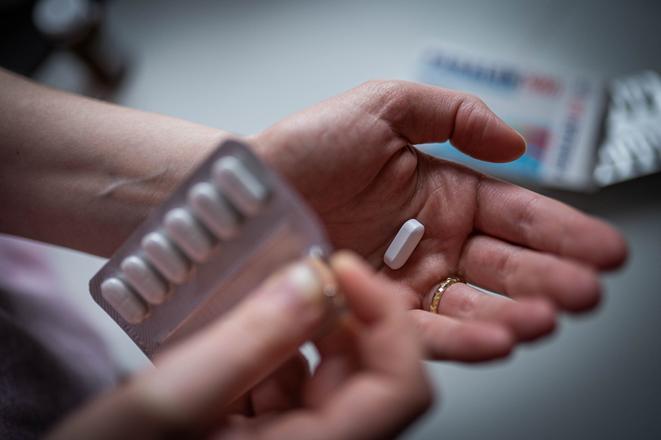After the end of World War 2, antibiotics (ATBs) went on to save millions of lives. Pneumonia, cholera, diphtheria and other infectious diseases could finally be treated. There were even hopes of wiping out tuberculosis. Unfortunately for us, people started using antibiotics so indiscriminately that their effectiveness is gradually waning.
Microbes are continuously developing organisms, reproducing and mutating. The overuse of antibiotics in humans (even to treat the common cold), in veterinary medicine, in agriculture and in the food industry, has resulted in many microbes developing resistance to our drugs.
"A person can thus become infected with a microbe for which there is no treatment. Similarly to 100 years ago, people will once again die from pneumonia," says medicinal chemist Josef Jampílek from the Faculty of Natural Sciences at Comenius University in Bratislava.
Scientists are scrambling to find new antibiotics or some other compounds we can use instead. That is why Josef Jampílek and his team have set out to create new small molecules based on cinnamic acid. The molecules they design target the most common resistant bacteria in the world. Even though their research has just begun, it is already showing promise.

Global problem
According to a new analysis published in January this year in the prestigious The Lancet journal, it is estimated that in 2019 almost five million people died from illnesses where antimicrobial resistance played a part. Of those, almost 1.3 million were a direct result of the phenomenon.
In the future, the number will be even higher.



 The number of suicides in Slovakia increased year-on-year to 563 in 2022. (source: SME - Marko Erd)
The number of suicides in Slovakia increased year-on-year to 563 in 2022. (source: SME - Marko Erd)